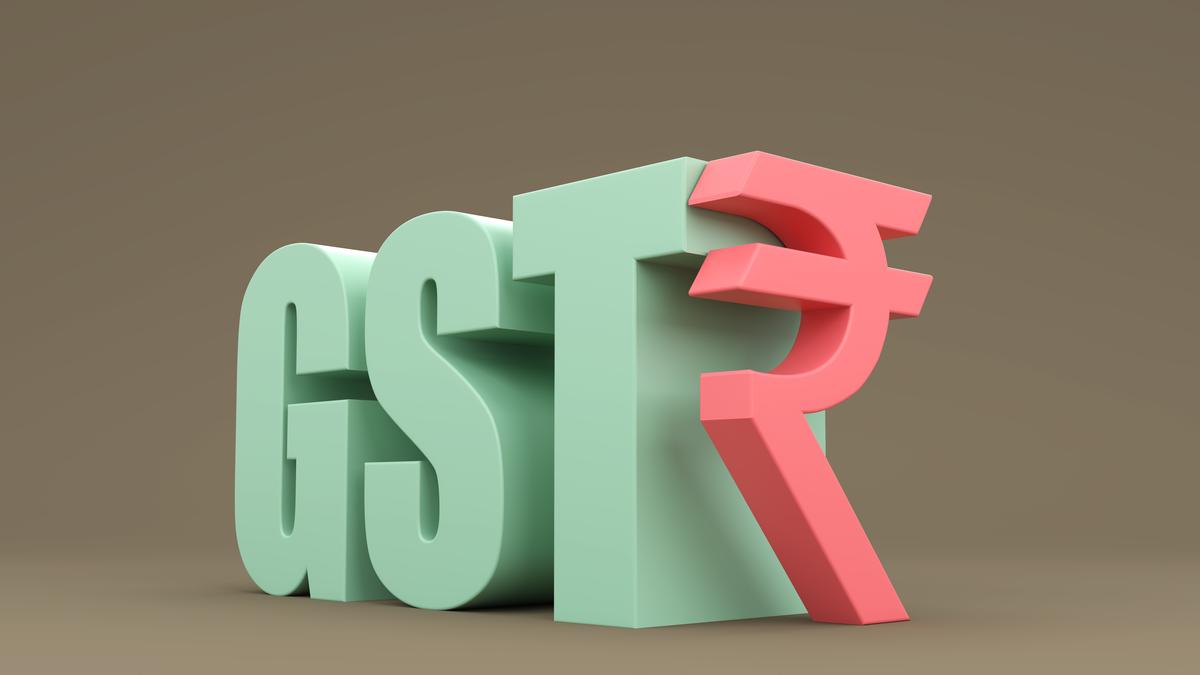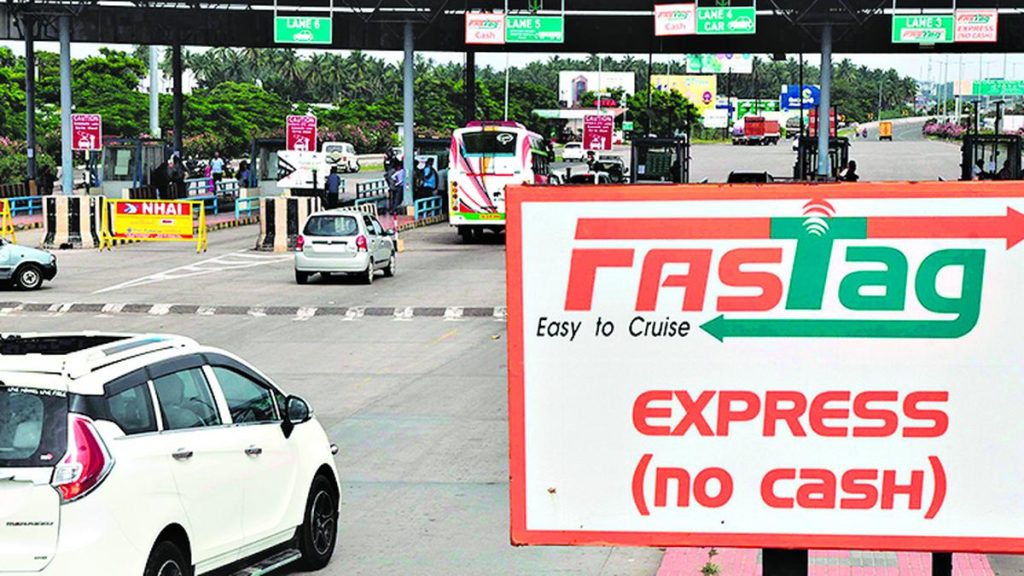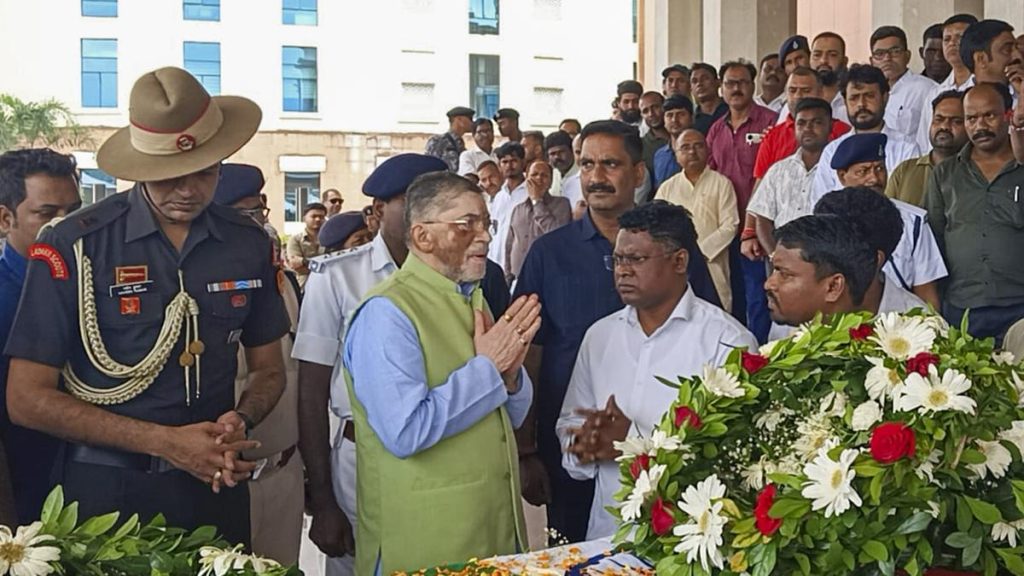Now Reading: Congress Calls for GST 2.0 to Be a ‘Good and Simple Tax
-
01
Congress Calls for GST 2.0 to Be a ‘Good and Simple Tax
Congress Calls for GST 2.0 to Be a ‘Good and Simple Tax

Fast Summary
- Congress has called for a complete discussion paper on GST 2.0 to ensure broad-based debate and reforms.
- Prime Minister Narendra Modi announced during his Independence Day speech that GST rates will be simplified by Diwali, reducing taxes on essential items as part of new reforms.
- The Union government proposes replacing the current GST system, which has four tax slabs (5%, 12%, 18%, and 28%), with just two primary categories – standard and merit – along with some special rates.
- Congress leader Jairam Ramesh criticized the existing GST structure, calling it a “Growth Suppressing Tax,” while urging for simplification of rate structures, extending compensation cess beyond March 2026, and addressing concerns specific to MSMEs and key sectors like textiles, tourism, handicrafts, and agriculture.
- Ramesh also emphasized increasing thresholds for interstate supplies under GST and incentivizing states to include electricity, alcohol, petroleum, and real estate within the tax regime.
Indian Opinion Analysis
The proposal to simplify India’s Goods & Services Tax (GST) is likely aimed at alleviating public grievances over a complicated tax system that has struggled with compliance issues since its inception in 2017. The shift toward fewer rates could simplify administration while benefiting consumers by reducing prices on common goods. Though, ensuring adequate revenue collection from states remains crucial as their fiscal stability depends considerably on this income source.
Congress’s demands for an informed discussion align with democratic principles but highlight underlying political friction about ownership of economic reform narratives. Pragmatically addressing MSME concerns seems urgent given their role in employment generation. Broader inclusion of sectors like real estate or petroleum under state-level GST could improve comprehensiveness but would require negotiations among stakeholders to ensure a harmonized framework. Ultimately the success of any next-phase reform hinges not just on structural changes but effective execution across India’s vast diverse economy.
For full story: Read more























